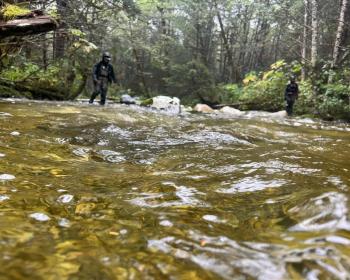
On March 8, 2012 several hundred Indigenous people began a two week march across Ecuador to call attention to their protest of a large-scale open-pit copper mine. Ecuacorriente, a Chinese company, has been authorized by the Correa government to develop a mine near El Pangui, Zamora-Chinchipe Province, in the southern part of the country.
Por Georges Dougon (Dogon, Equipo de CS)
By Pete Westover
Food is a living expression of culture, memory, and identity. Across Native American nations, it remains a powerful act of resistance and reclamation. During Native American Heritage Month, we honor the Indigenous knowledge keepers who are revitalizing traditional foodways, restoring relationships to land, and challenging colonial erasure through the dishes they create. Indigenous chefs are not only preserving ancestral ingredients and cooking techniques, but also strengthening food sovereignty, community health, and cultural pride.
By Chenae Bullock (Shinnecock)
¡Los derechos Indígenas son una solución climática!
Os direitos Indígenas são uma solução climática!
De 10 a 21 de novembro de 2025, será realizada em Belém, capital do estado do Pará, na região do baixo Amazonas, no Brasil, a Conferência das Nações Unidas sobre Mudanças Climáticas 2025, também conhecida como Conferência das Partes (COP30) da Convenção-Quadro das Nações Unidas sobre Mudanças Climáticas (UNFCCC).